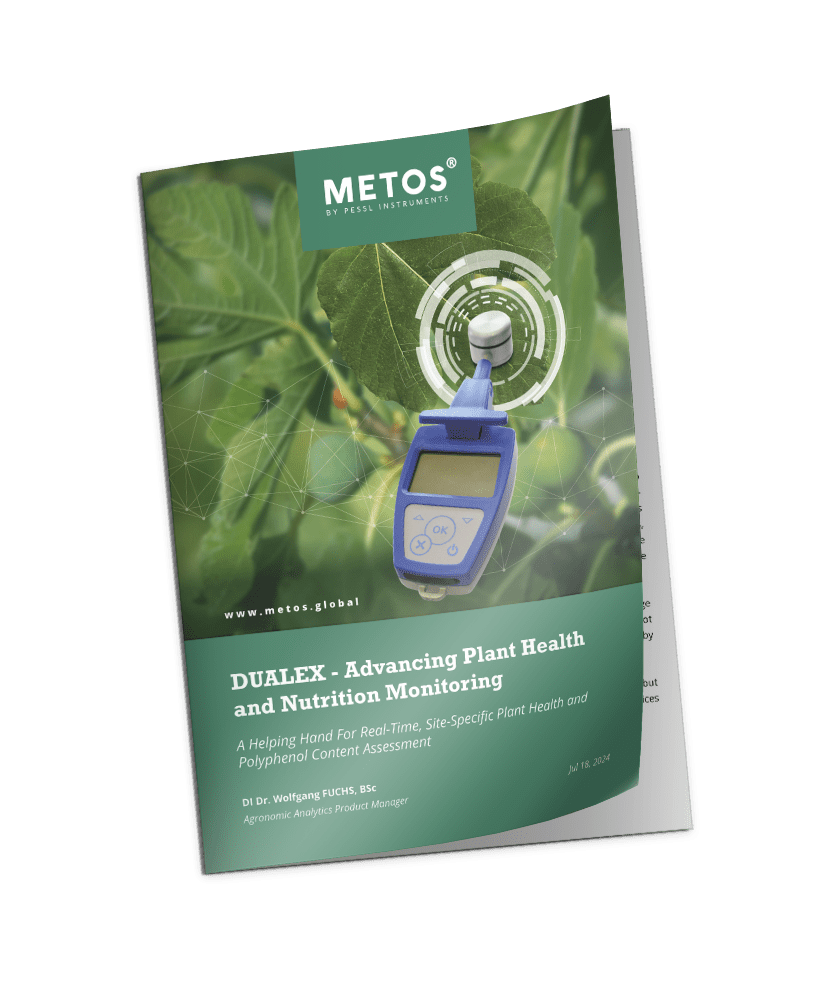Dualex
Measure Plant Nitrogen and Chlorophyll Instantly, Without Damaging the Leaf
Dualex delivers fast, non-destructive readings of chlorophyll and flavonols for accurate insight into plant nutrition and physiology, trusted in both field and research environments.

About Dualex
Thanks to its patented optical technology, Dualex provides precise, repeatable measurements of chlorophyll and flavonols directly on the leaf, in seconds and without destructive sampling.
It helps you quantify nitrogen balance, monitor plant health, and optimize crop management or research outcomes with confidence.
- Non-destructive, in site measurements
- Instant data on chlorophyll and flavonols
- Proven correlation with laboratory analysis
- Reliable indicator of nitrogen balance (NBI®)
- Lightweight, portable, and easy to use
- Consistent performance in both field and controlled environments
Accurate measurement of chlorophyll and flavonols
Chlorophyll plays a vital role in photosynthesis and plant development. Dualex measures chlorophyll by analyzing the light transmitted through the leaf at specific wavelengths. The chlorophyll content is given as an absolute value in µg/cm².
With a single measurement, Dualex captures not only chlorophyll content but also provides indices for flavonols.
Flavonols are mainly synthesized after light exposure. As a consequence, they are a good indicator of plant-light interaction history.
Flavonols belong to the polyphenol group, known for their various health benefits. These compounds have antioxidant properties that help reduce cell damage and inflammation. Flavonols are associated with improved cardiovascular health and have the potential to reduce the risk of neurodegenerative diseases like Alzheimer’s.
Dualex measures flavonols by analyzing their screening on chlorophyll fluorescence. A smart measuring system uses different light wavelengths to excite the chlorophyll, measure its fluorescence and then calculate the results. Flavonols are given in relative absorbance.
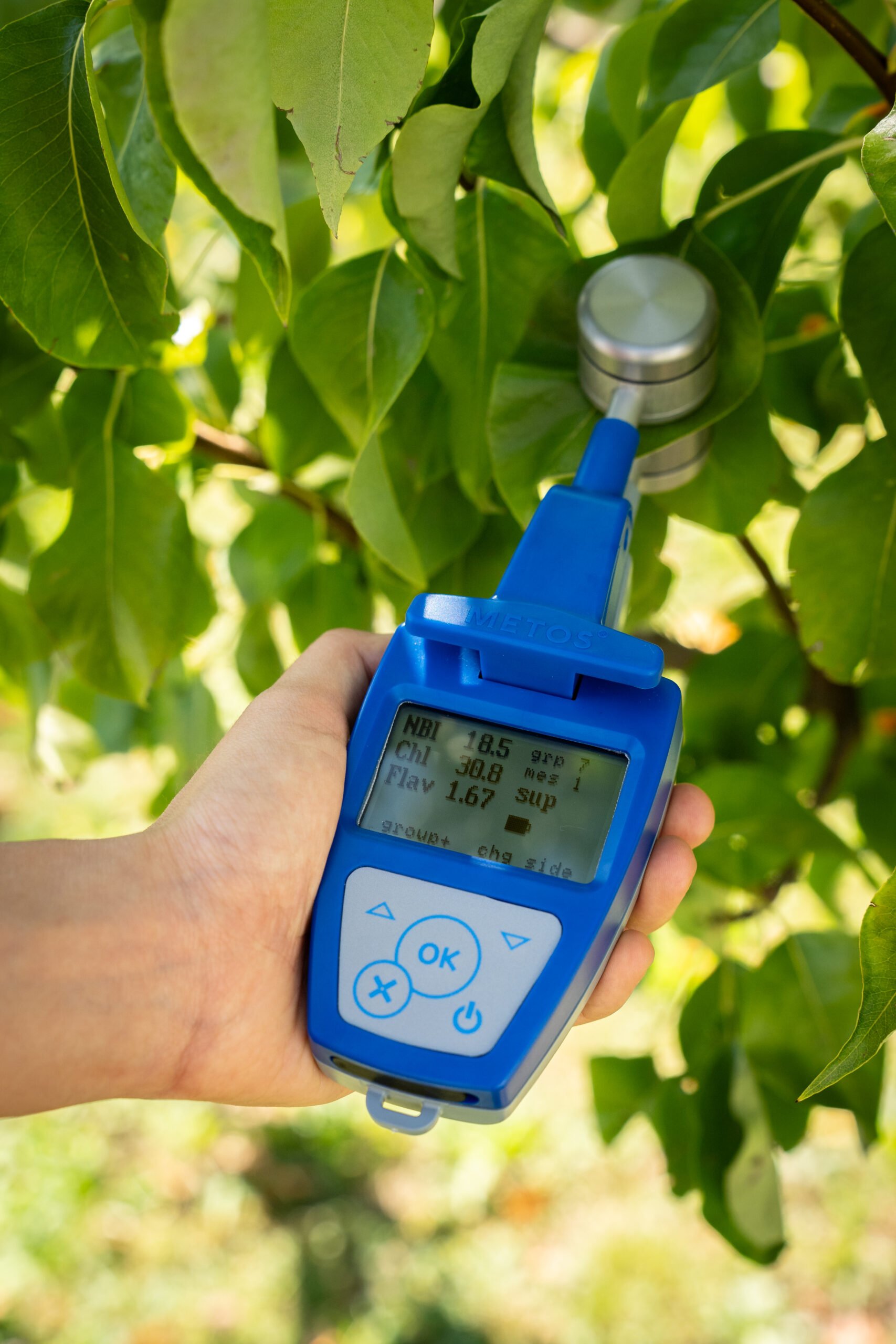
How it works?
No destructive sampling. No waiting for lab results. Just instant, accurate data where it matters most.
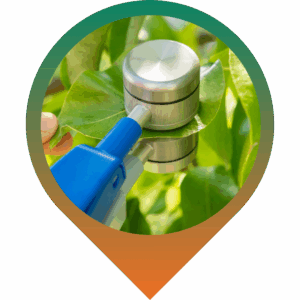
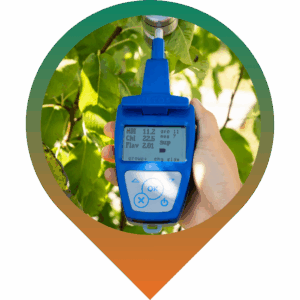
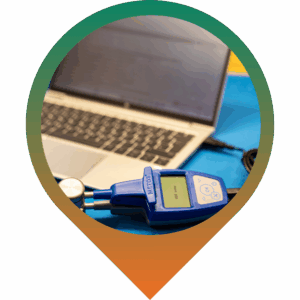
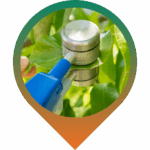
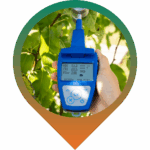
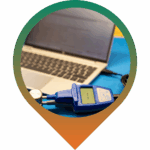
Want to learn more? Download The Use Case Brochure
NBI®: Nitrogen balanced index
Chlorophyll is often used as an indicator of plant nitrogen status. However, several years of research and experimentation showed that polyphenols, specifically flavonols, are also good indicators of nitrogen status of plants.
The NBI® (Nitrogen Balance Index) combines chlorophyll and flavonols into a single, more precise result. It’s a plant nitrogen status indicator directly correlated with massic nitrogen content. The NBI® is less sensitive to variations of environmental conditions than chlorophyll (leaf age, leaf thickness…).
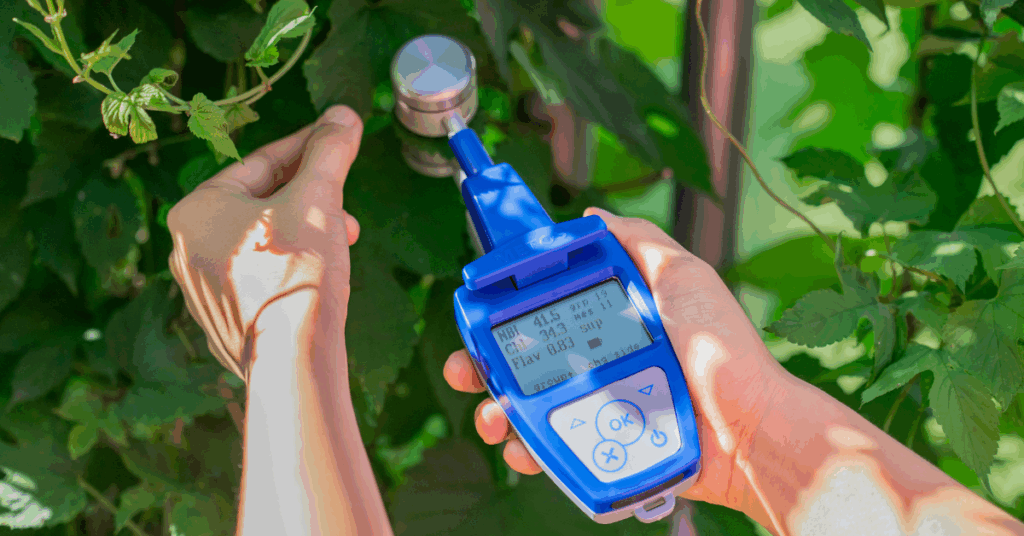
This dual-parameter approach provides a more stable and representative indicator than single-variable methods, supporting better analysis and more informed decisions.
Request a non-binding offer
Want to learn more?
Dive into our NEW BLOG for in-depth details, insights, and the latest updates about Dualex.
Plus, don’t miss the opportunity to download our comprehensive brochure for FREE!
Visit now to enhance your knowledge and stay informed!
FAQ

